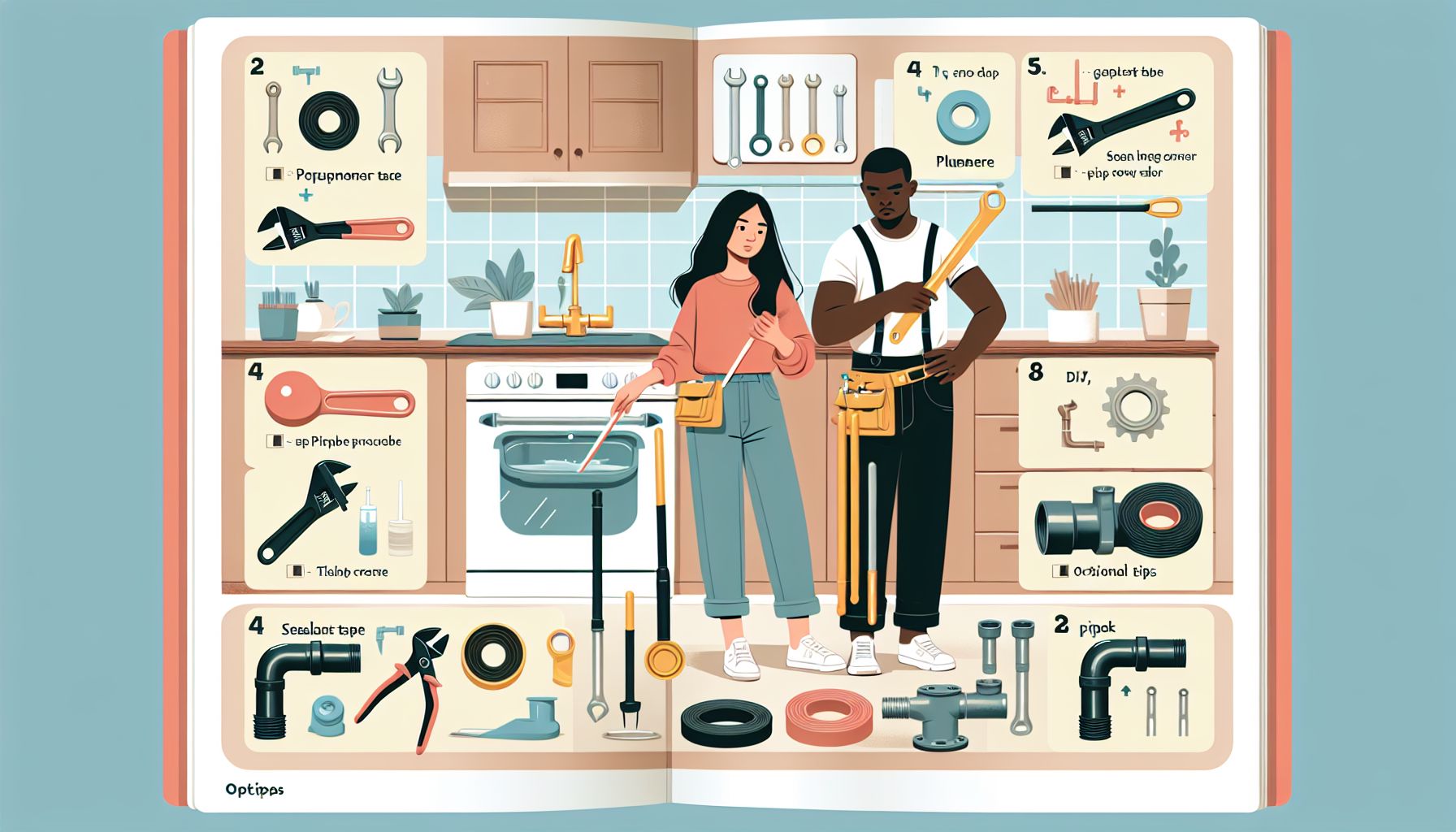Are you tired of calling a plumber every time a minor plumbing issue arises in your home? Well, fret not! With a bit of knowledge and some handy tools, you can tackle many plumbing tasks on your own. Not only will this save you time and money, but it will also give you a sense of accomplishment. In this post, we will explore some DIY plumbing tips that will help you maintain your plumbing system and address common issues effectively.
Know Your Tools
Before you even attempt to fix a plumbing problem, make sure you have the necessary tools on hand. Some essential tools for DIY plumbing include a plunger, pipe wrench, adjustable wrench, pipe cutter, plumber’s tape, and a drain snake. These tools will come in handy for a variety of tasks, from unclogging drains to fixing leaky pipes.
Unclog Drains with Ease
Clogged drains are a common plumbing issue that most homeowners face at some point. Instead of reaching for chemical drain cleaners, try using a plunger to unclog the drain. Simply place the plunger over the drain, ensuring a tight seal, and push and pull vigorously to dislodge the blockage. For stubborn clogs, you can use a drain snake to break up the obstruction and clear the pipe.
Fix Leaky Faucets
Leaky faucets not only waste water but can also drive up your utility bills. Fortunately, fixing a leaky faucet is a relatively simple task that you can tackle on your own. Start by shutting off the water supply to the faucet, then disassemble the faucet and replace any worn-out parts, such as washers or seals. Reassemble the faucet and turn the water supply back on to check for leaks.
Insulate Pipes to Prevent Freezing
During the colder months, uninsulated pipes are at risk of freezing and bursting, causing extensive damage to your home. To prevent this from happening, insulate any exposed pipes in unheated areas, such as basements, attics, and crawl spaces. You can use foam pipe insulation or heat tape to protect the pipes from freezing temperatures.
Check for Water Leaks
Regularly inspecting your plumbing system for water leaks can help you catch potential issues early and prevent water damage. Check for leaks around faucets, toilets, and under sinks, as well as any signs of water damage on walls or ceilings. Addressing leaks promptly can save you from costly repairs down the line.
Conclusion
By following these DIY plumbing tips, you can become more self-sufficient when it comes to maintaining your home’s plumbing system. Remember to always prioritize safety and take precautions while working on plumbing tasks. If a plumbing issue seems too complex or dangerous, don’t hesitate to call a professional plumber for help. With a little know-how and the right tools, you can keep your plumbing in top shape and enjoy a stress-free living space. Happy plumbing!

